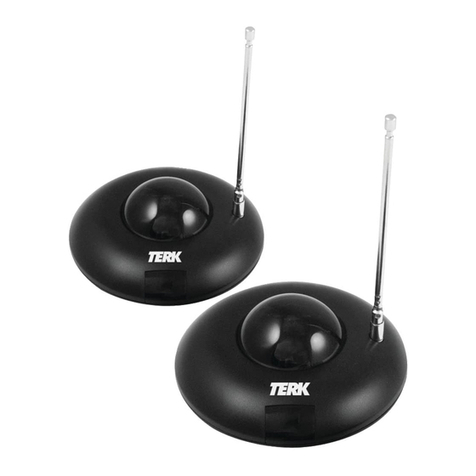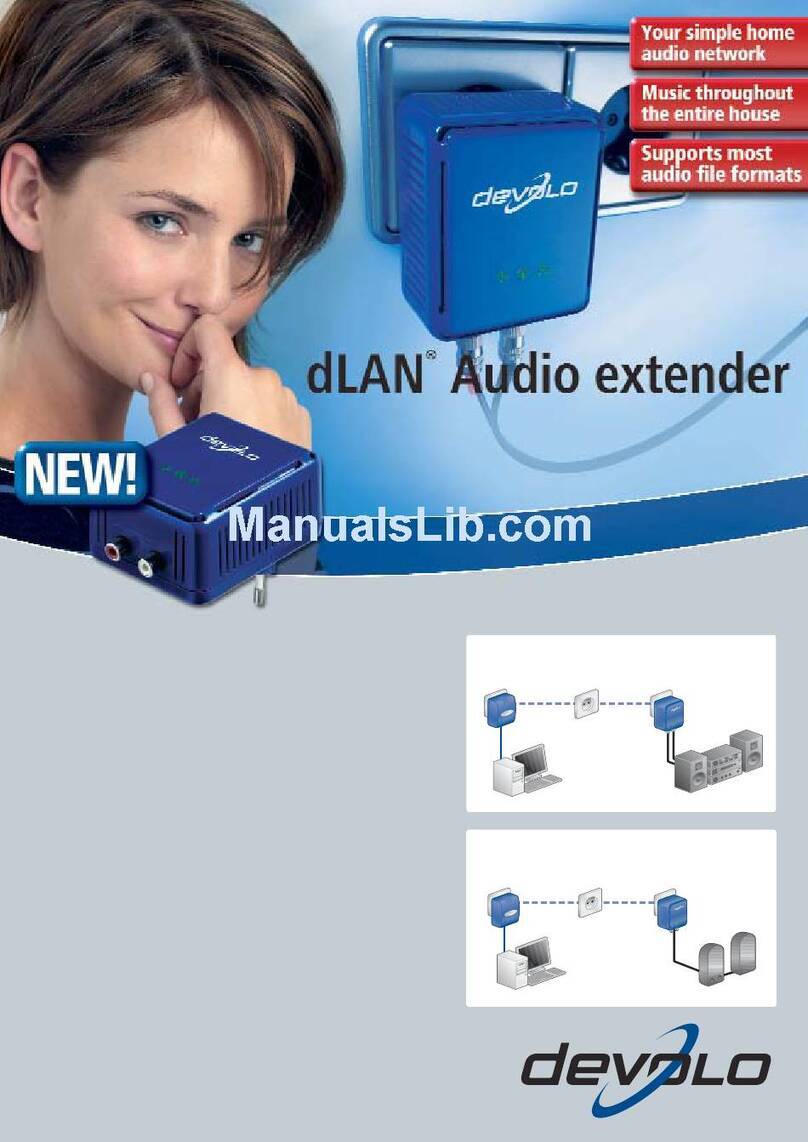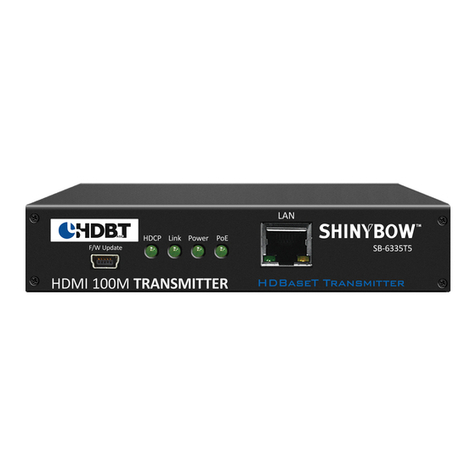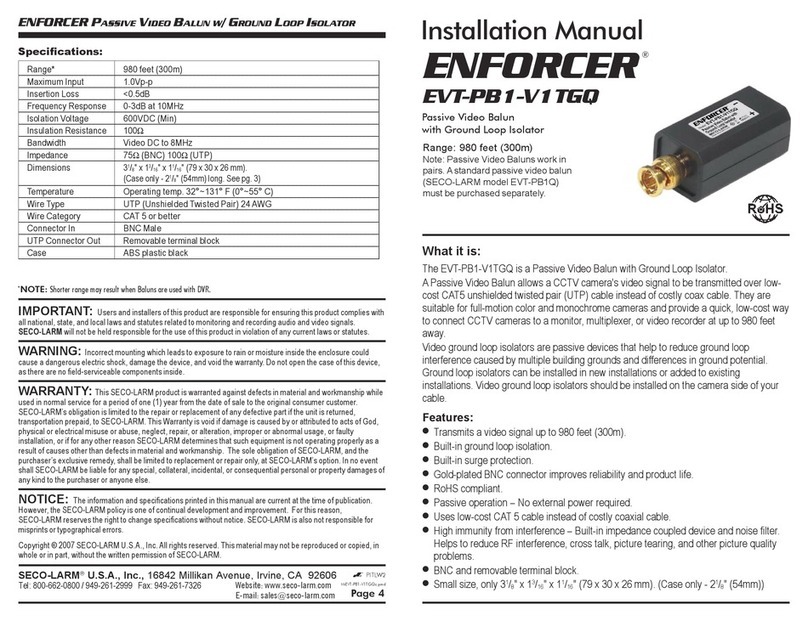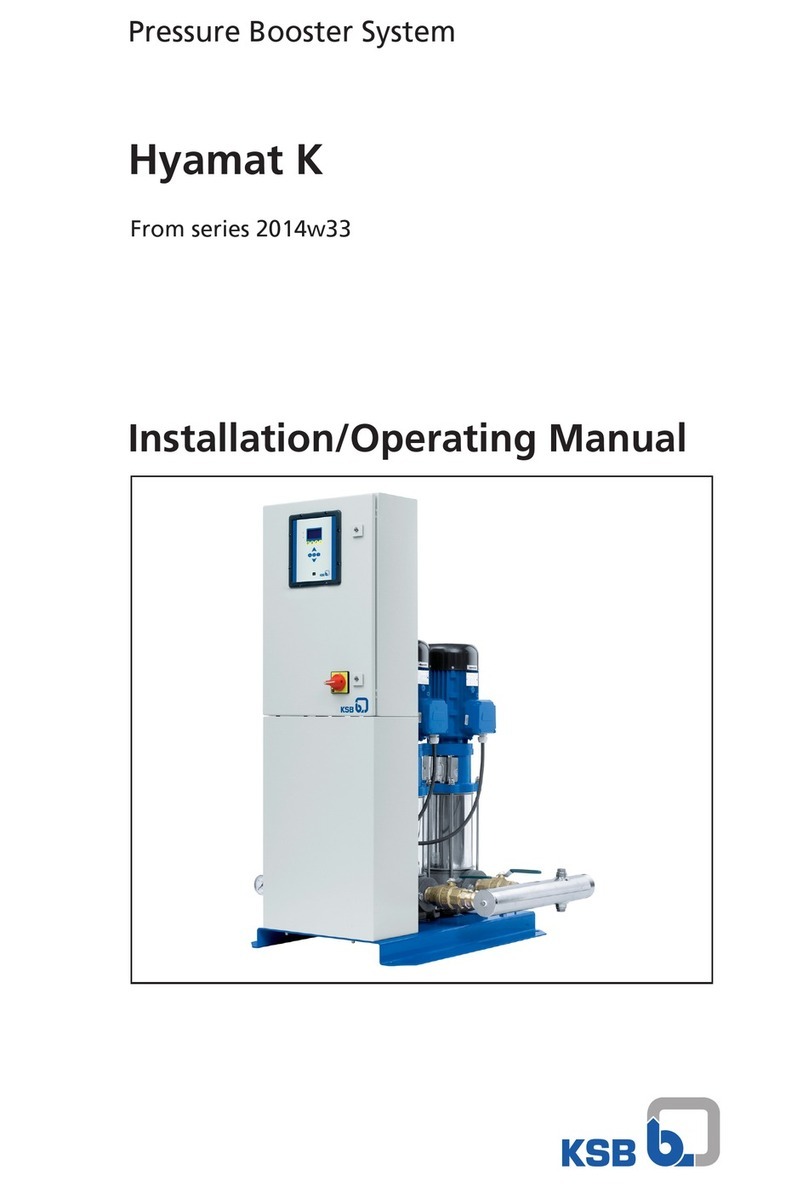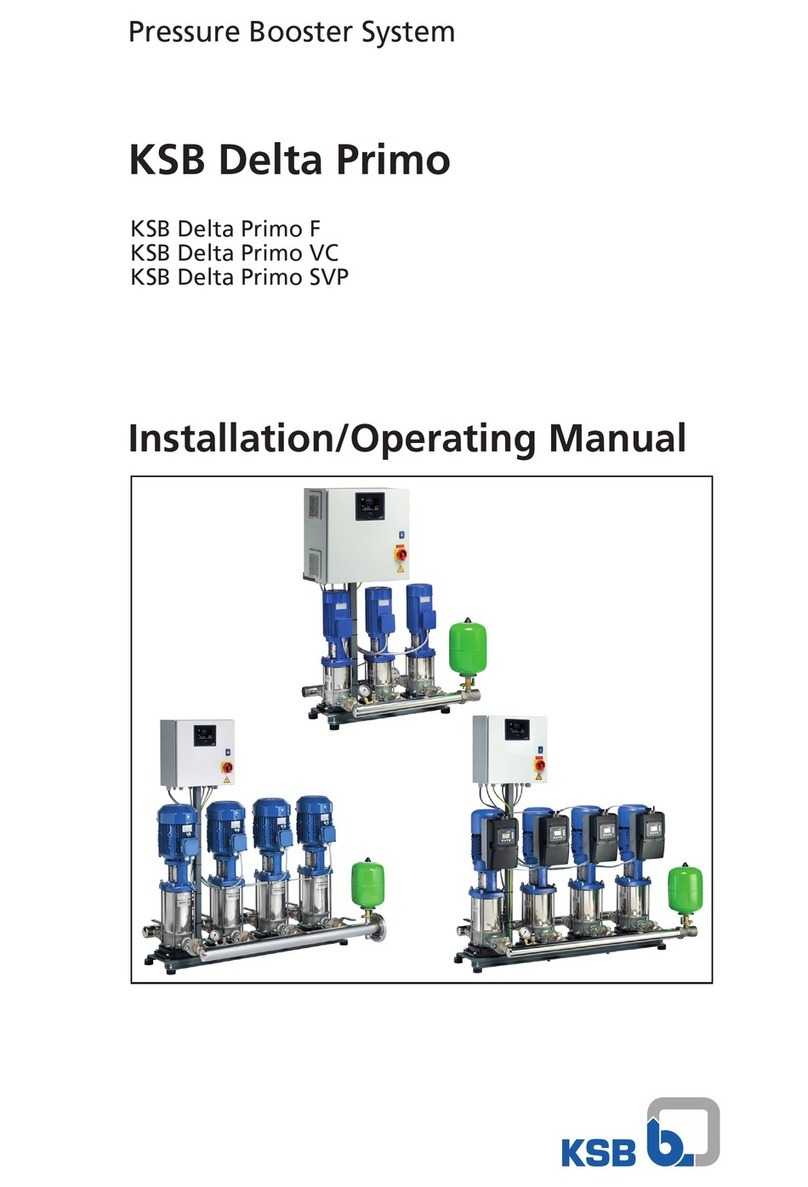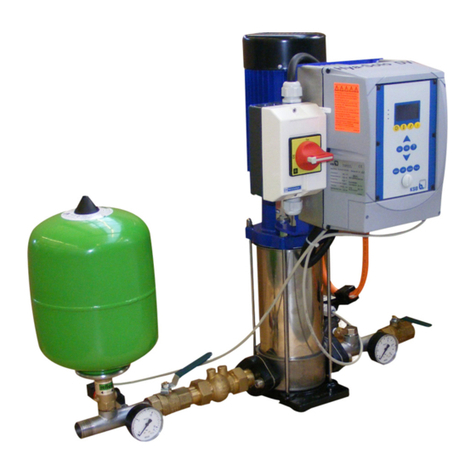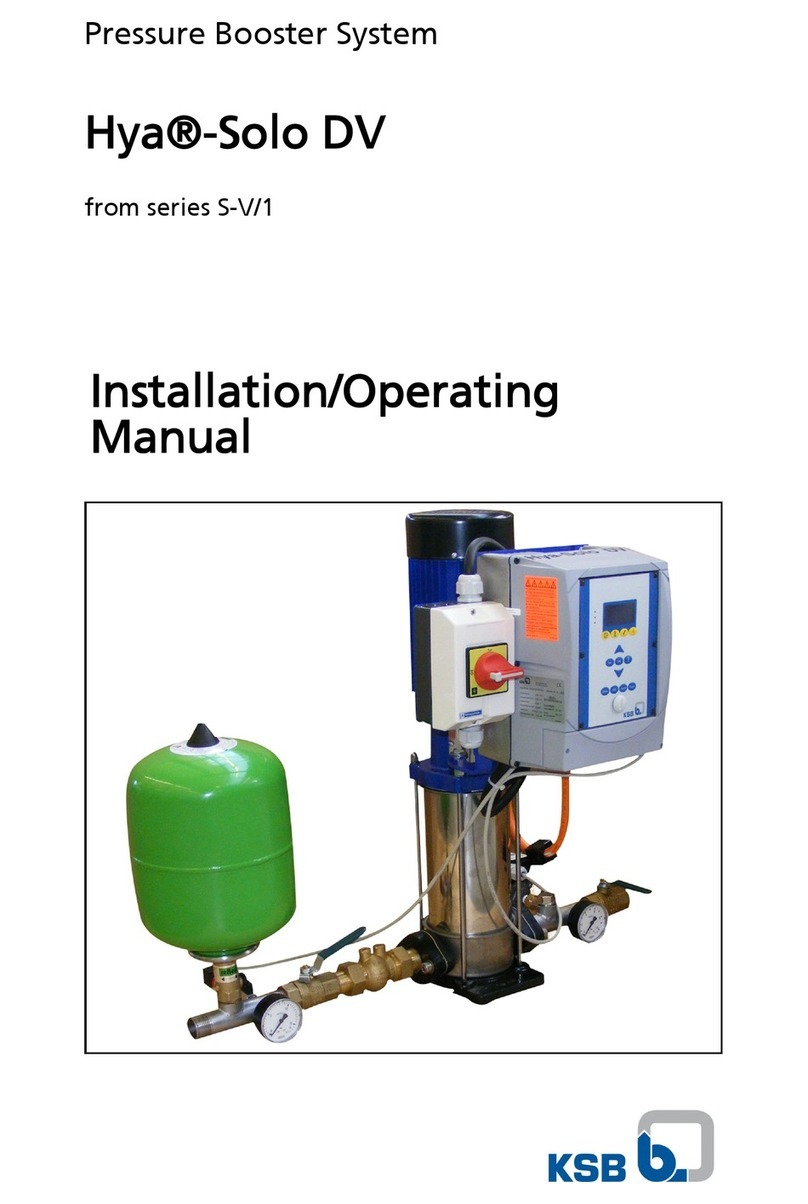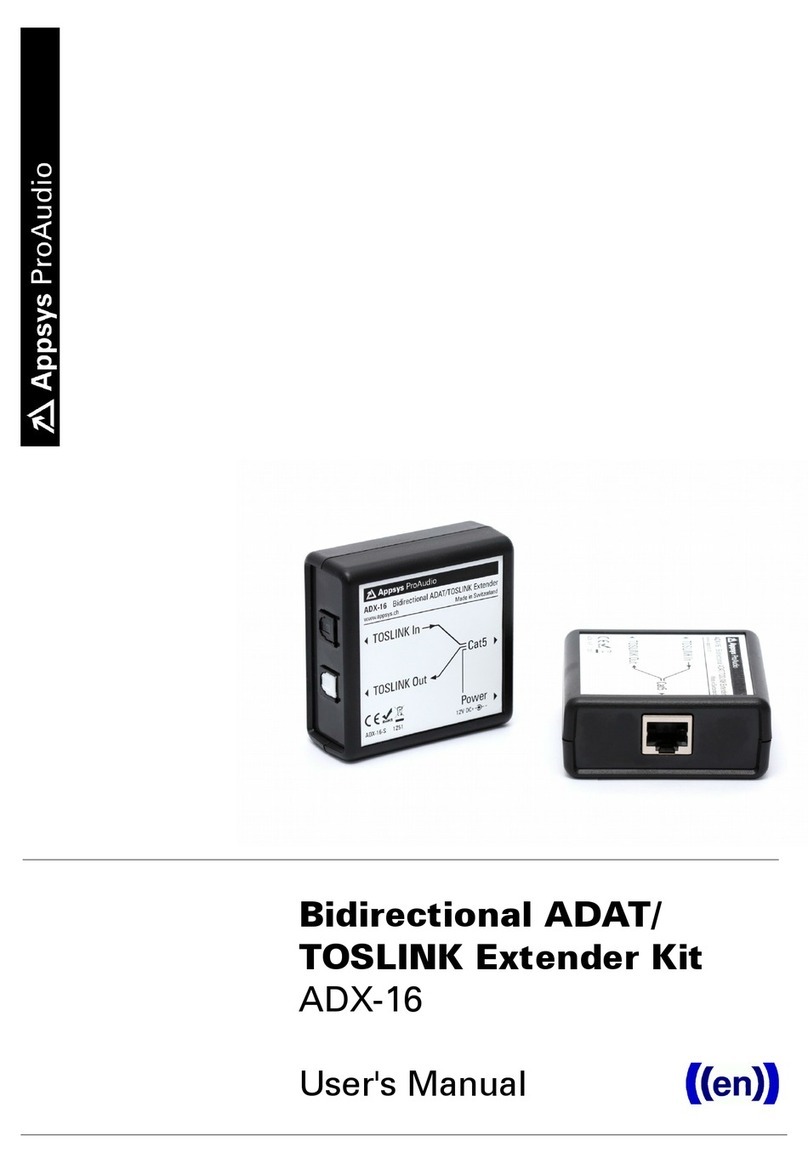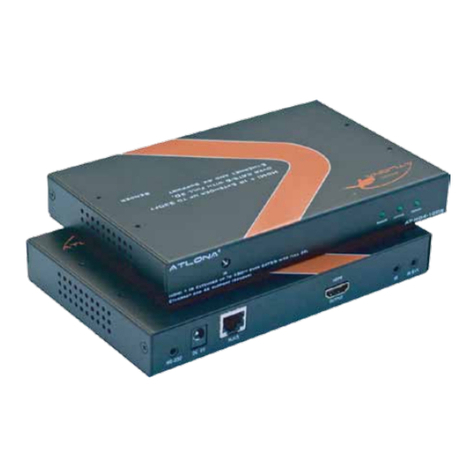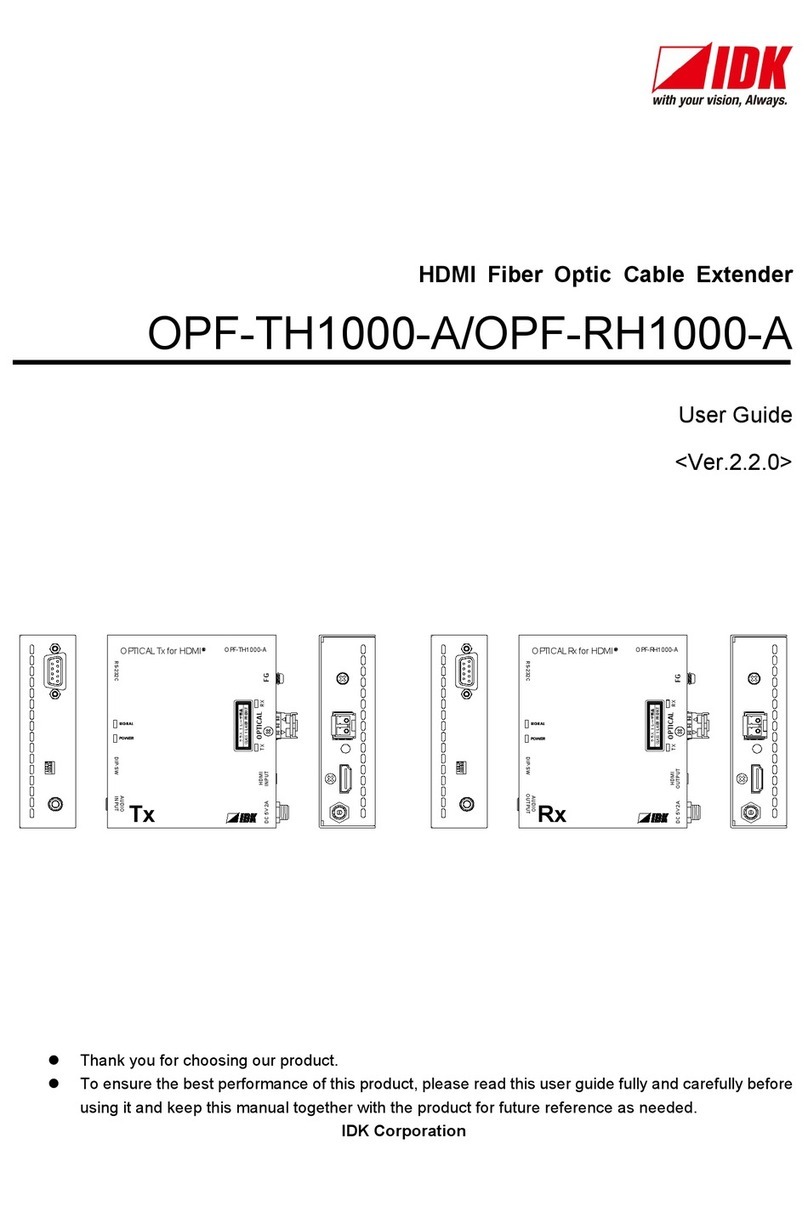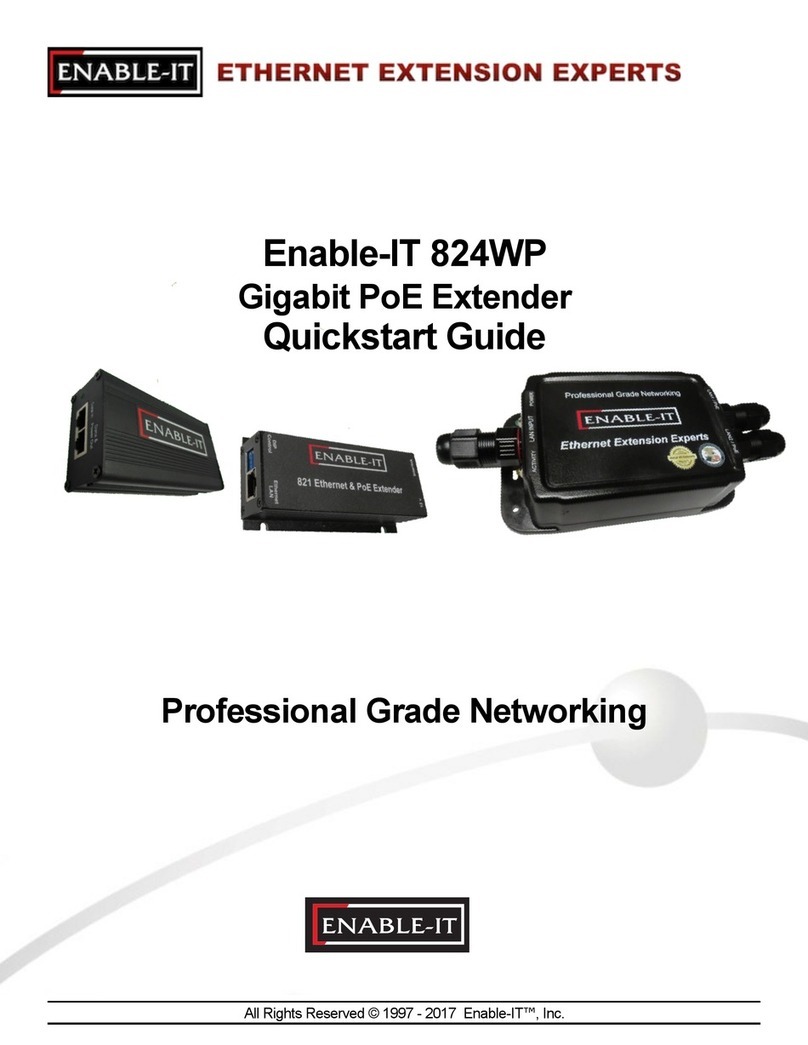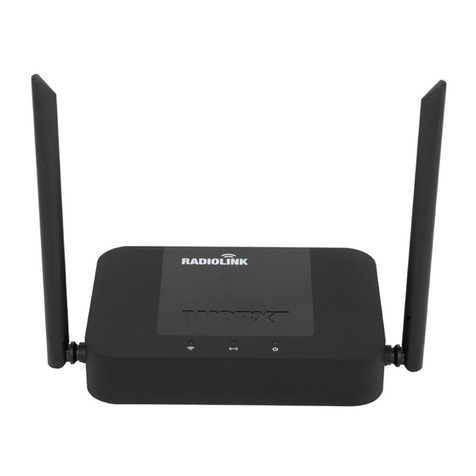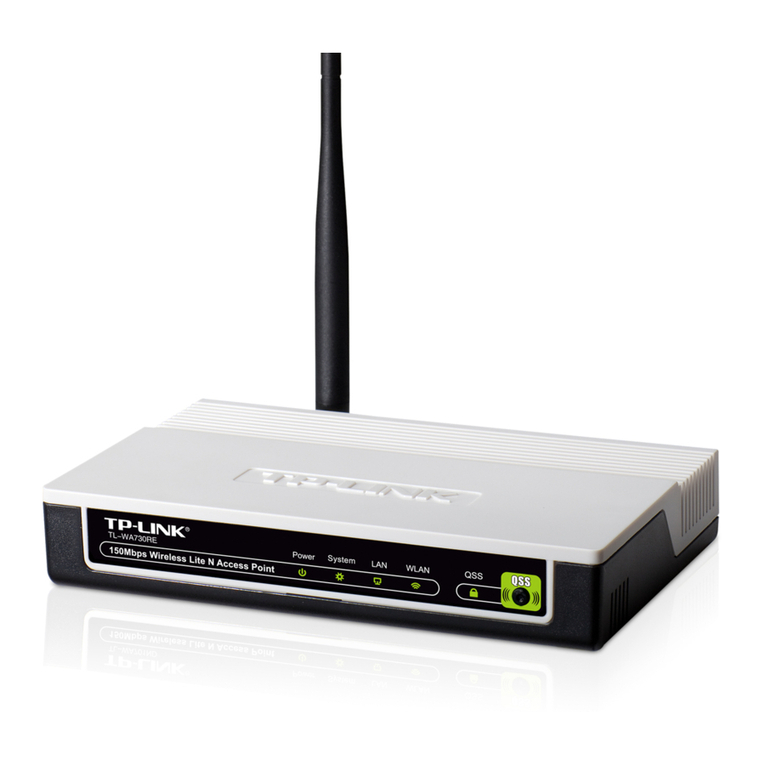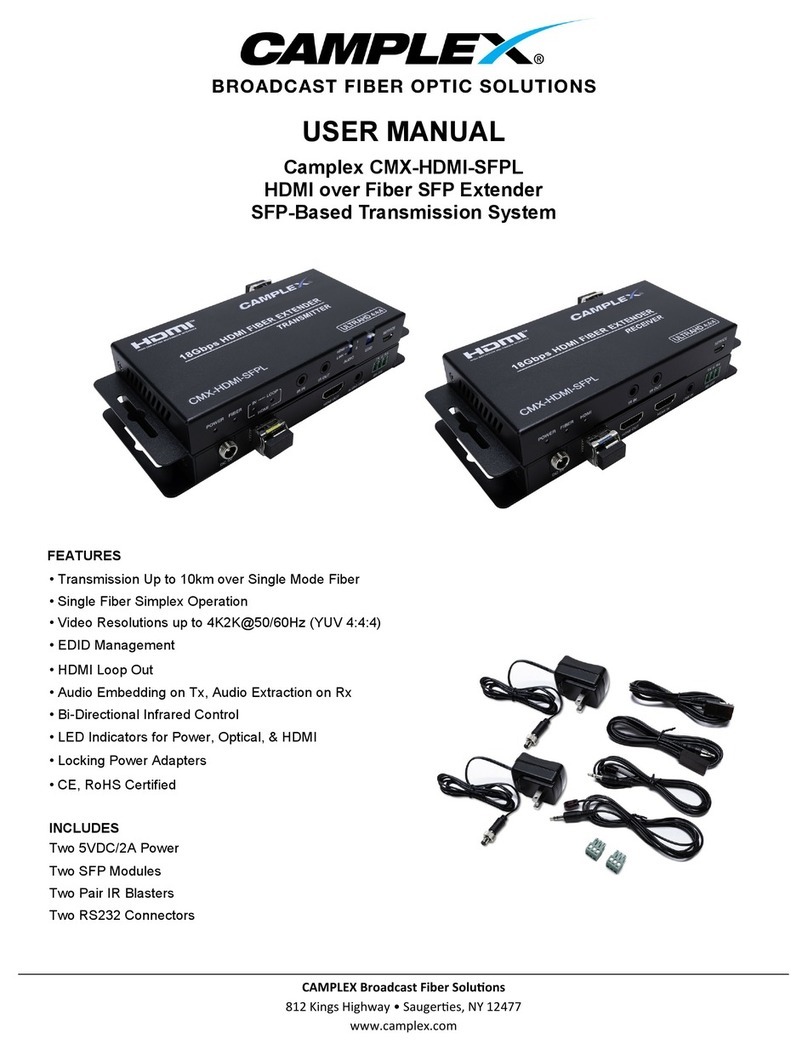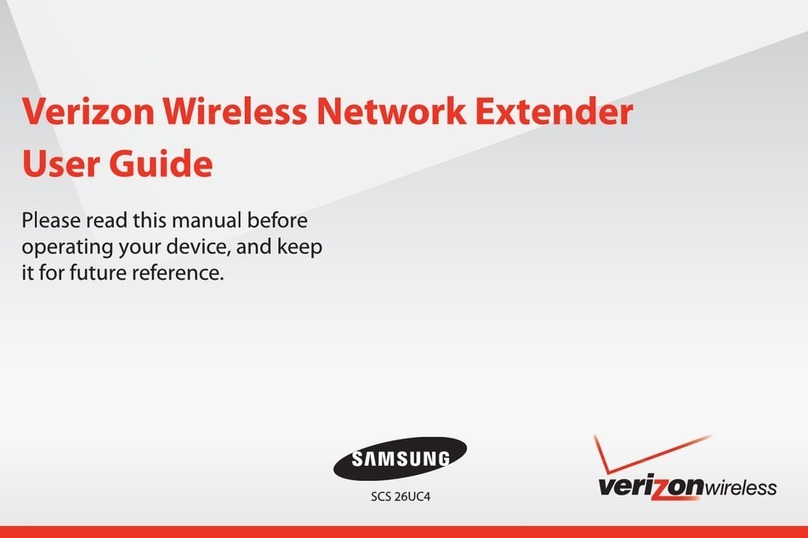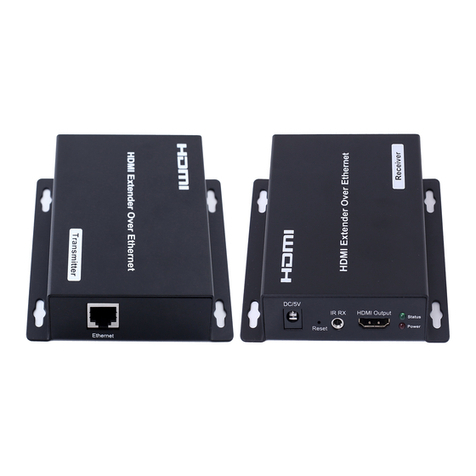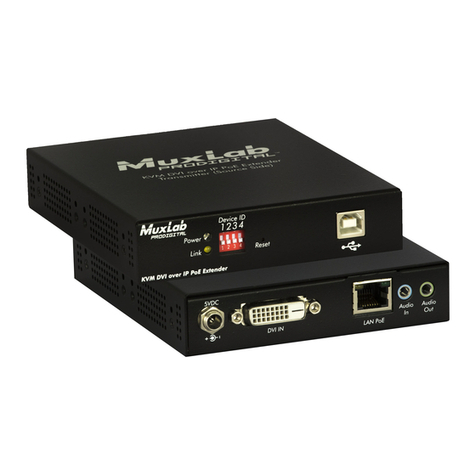
Contents
3 of 44
Hya-Solo D
Contents
Glossary .................................................................................................................................................. 5
1 General.................................................................................................................................................... 6
1.1 Principles ...........................................................................................................................................................6
1.2 Installation of partly completed machinery....................................................................................................6
1.3 Target group.....................................................................................................................................................6
1.4 Other applicable documents............................................................................................................................6
1.5 Symbols .............................................................................................................................................................6
1.6 Key to safety symbols/markings.......................................................................................................................7
2 Safety...................................................................................................................................................... 8
2.1 General..............................................................................................................................................................8
2.2 Intended use .....................................................................................................................................................8
2.3 Personnel qualification and personnel training.............................................................................................8
2.4 Consequences and risks caused by non-compliance with this manual .........................................................9
2.5 Safety awareness ..............................................................................................................................................9
2.6 Safety information for the operator/user.......................................................................................................9
2.7 Safety information for maintenance, inspection and installation ................................................................9
2.8 Unauthorised modes of operation................................................................................................................10
3 Transport/Storage/Disposal ................................................................................................................ 11
3.1 Checking the condition upon delivery..........................................................................................................11
3.2 Transport.........................................................................................................................................................11
3.3 Storage/preservation......................................................................................................................................12
3.4 Return to supplier ..........................................................................................................................................12
3.5 Disposal ...........................................................................................................................................................13
4 Description............................................................................................................................................ 14
4.1 General description ........................................................................................................................................14
4.2 Product information as per Regulation No. 1907/2006(REACH).................................................................14
4.3 Designation.....................................................................................................................................................14
4.4 Name plate......................................................................................................................................................14
4.5 Design details..................................................................................................................................................15
4.6 Configuration and function...........................................................................................................................16
4.7 Noise characteristics .......................................................................................................................................17
4.8 Scope of supply...............................................................................................................................................17
4.9 Dimensions and weights ................................................................................................................................17
5 Installation at Site................................................................................................................................ 18
5.1 Checks to be carried out prior to installation...............................................................................................18
5.2 Installing the pressure booster system..........................................................................................................19
5.3 Mounting the accumulator............................................................................................................................20
5.4 Connecting the piping ...................................................................................................................................20
5.4.1 Fitting an expansion joint (optional)................................................................................................21
5.4.2 Fitting the pressure reducer (optional) ............................................................................................21
5.5 Electrical connection ......................................................................................................................................22
5.5.1 Sizing the power cable ......................................................................................................................23
5.5.2 Connecting the pressure booster system..........................................................................................23
5.5.3 Connecting the dry running protection device................................................................................23
6 Commissioning/Start-up/Shutdown................................................................................................... 24
6.1 Commissioning/Start-up.................................................................................................................................24
6.1.1 Prerequisites for commissioning/start-up .........................................................................................24
6.1.2 Priming and venting the pressure booster system...........................................................................24
6.1.3 Setting the dry running protection device.......................................................................................25
6.1.4 Start-up...............................................................................................................................................26
6.1.5 Checklist for commissioning/start-up................................................................................................26

